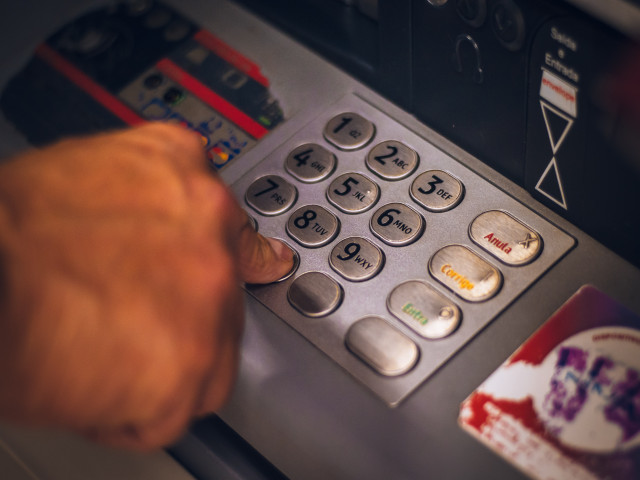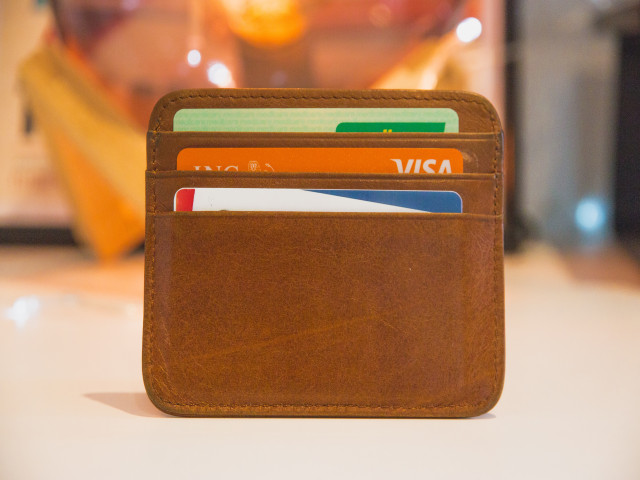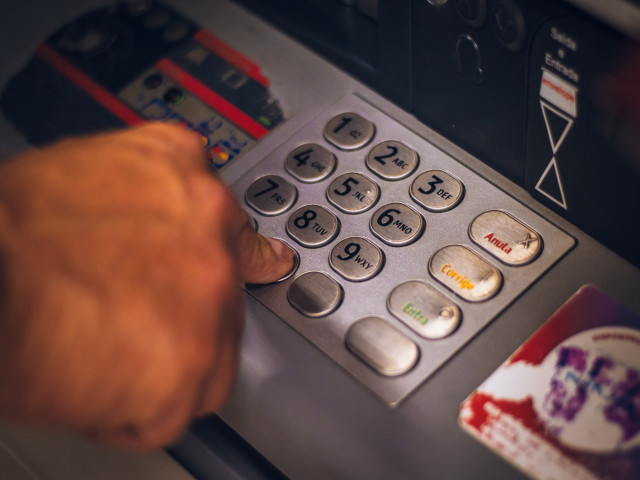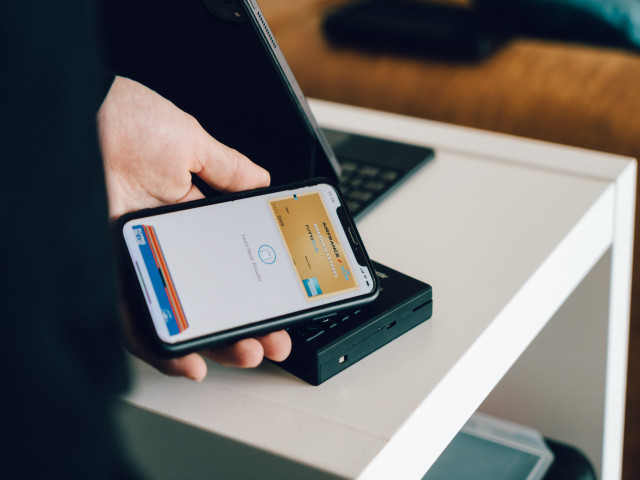17 Jan 2024
Mobile Banking Security: How to Safely Manage Your Money on the Go

Introduction
Mobile banking has become an integral part of our daily lives, offering convenience and flexibility in managing finances. As we embrace the digital era, it's crucial to prioritize the security of our financial information. This article aims to guide you through the best practices and precautions for secure mobile banking. From understanding potential threats to implementing proactive security measures, we'll explore how to safeguard your money while on the go.
Risks and Threats in Mobile Banking
Mobile banking has revolutionized the way we manage our finances, offering unprecedented convenience at our fingertips. However, this convenience comes with its share of risks and security threats that users and financial institutions must be vigilant against.
Common Security Threats
Malware and Phishing Attacks:
Malicious software and phishing attempts are pervasive threats in the mobile banking landscape. Malware can infiltrate smartphones, compromising sensitive information, while phishing schemes trick users into revealing their login credentials through deceptive websites or emails.
Unsecured Wi-Fi Networks:
Conducting financial transactions over unsecured Wi-Fi networks exposes users to the risk of data interception. Cybercriminals may exploit vulnerabilities in these networks to capture sensitive information, leading to unauthorized access to mobile banking accounts.
Device Theft or Loss:
The physical loss or theft of a mobile device poses a direct threat to mobile banking security. Without proper safeguards, unauthorized individuals can gain access to personal and financial information stored on the device, potentially leading to financial losses.
Weak Authentication Measures:
Inadequate password strength and the absence of additional authentication layers can make it easier for attackers to gain unauthorized access to mobile banking accounts. Strong, unique passwords and multifactor authentication are essential defenses against such threats.
Real-Life Examples Illustrating Consequences
Mobile Banking Trojan:
In 2019, the Cerberus Trojan targeted Android devices, aiming to steal sensitive financial information. Once installed, it could intercept authentication codes and manipulate banking transactions, leading to unauthorized fund transfers and potential financial losses for users.
SIM Swapping Attacks:
SIM swapping involves fraudulently transferring a user's mobile number to a new SIM card controlled by attackers. In 2020, a high-profile incident resulted in the loss of cryptocurrency funds when a victim's mobile number was swapped, allowing the attacker to bypass two-factor authentication and gain access to the victim's accounts.
Wi-Fi Spoofing:
Public Wi-Fi networks are breeding grounds for cyber threats. In 2018, a security flaw known as KRACK (Key Reinstallation Attack) highlighted the vulnerability of Wi-Fi networks. Attackers could exploit this flaw to intercept sensitive data, including login credentials, jeopardizing the security of mobile banking transactions conducted on compromised networks.
Being aware of these common security threats and adopting proactive measures, such as regularly updating security software, using secure networks, and employing robust authentication methods, is crucial for safeguarding the integrity of mobile banking transactions. As technology advances, so do the tactics of cybercriminals, emphasizing the need for continual vigilance and security enhancements in the mobile banking sector.

Best Practices for Secure Mobile Banking
Strong Passwords and Biometric Authentication
The first line of defense in securing your mobile banking transactions is a robust authentication method. Choose strong, unique passwords that combine letters, numbers, and symbols. Consider using passphrase combinations for added complexity. Additionally, leverage biometric authentication features, such as fingerprint or facial recognition, if supported by your mobile device. These measures significantly enhance the security of your account, making it more challenging for unauthorized individuals to gain access.
Regularly Update Your Mobile Banking App
Keeping your mobile banking app updated is crucial for maintaining a secure financial environment. Developers regularly release updates to patch vulnerabilities and address security issues. By staying current with the latest version of the app, you ensure that your mobile banking platform is equipped with the latest security features, minimizing the risk of exploitation by cybercriminals.
Enable Two-Factor Authentication (2FA)
Two-factor authentication adds an extra layer of security by requiring users to provide two forms of identification before accessing their mobile banking accounts. This often involves a combination of something you know (password) and something you have (a unique code sent to your mobile device). Enabling 2FA significantly reduces the risk of unauthorized access, even if your password is compromised.
Monitor Account Activity
Regularly monitoring your mobile banking account activity is a proactive approach to identifying potential unauthorized transactions. Set up account alerts for unusual or large transactions to receive instant notifications. Promptly addressing any suspicious activity enhances your ability to mitigate potential financial losses and strengthens overall account security.
Use Secure Wi-Fi Networks
The security of your mobile banking transactions is closely tied to the network you use. Avoid conducting financial transactions over public Wi-Fi networks, as they are more susceptible to hacking and data interception. Use secure, password-protected Wi-Fi networks or consider using a virtual private network (VPN) for an additional layer of encryption and protection.
Install Antivirus and Anti-malware Software
Protecting your mobile device with reputable antivirus and anti-malware software is essential in guarding against malicious attacks. These security solutions can detect and remove harmful software that may compromise the integrity of your mobile banking transactions. Regularly update the antivirus software to ensure that it remains effective against evolving cyber threats.
By incorporating these best practices into your mobile banking routine, you create a formidable defense against potential security threats. Proactive measures, combined with user awareness, contribute to a safer and more secure mobile banking experience, giving you peace of mind as you manage your financial transactions on the go.
FAQs
Q: How often should I update my mobile banking app?
A: Regular updates are crucial. Check for updates at least once a month to ensure you have the latest security features.
Q: Can I use public Wi-Fi for mobile banking?
A: It's not advisable. If you must, use a VPN to create a secure connection and avoid accessing sensitive information.
Q: What do I do if I lose my phone?
A: Act swiftly. Remote wipe your device and inform your financial institution to prevent unauthorized access.
Q: Are biometric authentication methods safe?
A: Yes, biometric methods add an extra layer of security as they rely on unique physical attributes.
Q: How do I recognize phishing scams?
A: Be cautious of unsolicited messages. Legitimate institutions won't ask for sensitive information via email or text.
Q: Is mobile banking as secure as traditional banking?
A: When following security measures, mobile banking can be as secure as traditional methods, if not more.
Conclusion
In an age where convenience often comes at the cost of security, it's imperative to stay vigilant when managing your money through mobile banking. By following the outlined best practices, staying informed about potential threats, and educating yourself about your bank's security features, you can significantly reduce the risks associated with mobile banking. Remember, your financial security is in your hands, and with the right precautions, you can enjoy the benefits of mobile banking without compromising your peace of mind. Stay safe, stay secure, and make the most of the digital financial landscape responsibly.
RELATED POST














